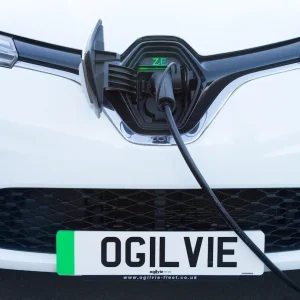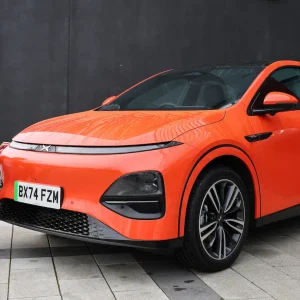As a fleet manager, you may be aware that some of your fleet could move to electric vehicles (EVs), but the next challenge you face is convincing wider business stakeholders that this is the right move.
Your colleagues in operations, HR, finance, and corporate social responsibility will all be invested in the costs and benefits to their respective departments, so you need to present a substantial and conclusive business case to them.
Leading with the identified benefits will help you make a strong case quickly to time-poor decision makers. You should also include the costs, savings or risks you’ve identified and your plan for introducing the vehicles to your fleet to demonstrate you’ve thought through the entire process and left no stone unturned.
Here are the key areas to consider so you can present an iron-clad case:
1. Fleet Analysis
The key points to demonstrate here are vehicle capabilities and journey patterns, showing how you identified which vehicles are suitable for replacing with an EV.
2. Vehicle Choice
Once you’ve established which drivers are suitable, you need to demonstrate why you’ve chosen the specific electric vehicles. It’s also important to show that you’ve thought about your business’s corporate social responsibility in making this decision, so you should calculate your estimated CO2 savings to demonstrate the difference it will make.
3. Charging
People’s lack of confidence in charging infrastructure is one of the main objections to EVs, so stakeholders will be likely to raise this issue. You should map out all the charging points along the typical routes that drivers are likely to be taking in the vehicles, as well as present any further infrastructure needs and your research around grant support.
4. Funding and Cost Savings
All stakeholders will be interested in cost reduction, and electric vehicles offer cost savings in a number of areas such as fuel, servicing and National Insurance. We recommend talking about each of these areas, as well as demonstrating the savings made when entering clean air or ultra-low emissions zones. It’s also important to show you’ve thought about any initial costs required, such as new charging infrastructure at your workplace.
5. Driver Support
Your HR stakeholders will be particularly interested in how your EV drivers will be trained and supported at the roadside, so this is an opportunity to reiterate how you have established the suitable drivers for the switch. Ideally you should include details of your driver training programme as well as servicing and breakdown cover.
6. Tax Considerations
An important issue for company car drivers is benefit-in-kind tax, which has risen significantly in recent years, leading many drivers to opt out of a company car. The significant tax savings for drivers which EVs offer helps to increase their appeal and is an important element of your case for EVs as you can show that the drivers are high up on your priority list.
7. Risks and Mitigation
We recommend compiling a table of identified risks, and the measures put in place to help mitigate them.
We understand that this can be a daunting task so we’ve put together a step-by-step guide, including a cost savings calculator, for anyone considering encouraging their business to switch to EV. Find out more here: https://www.vwfsfleet.co.uk/free-ev-business-case-support/
Tom Brewer is head of fleet sales and marketing at VWFS Fleet





